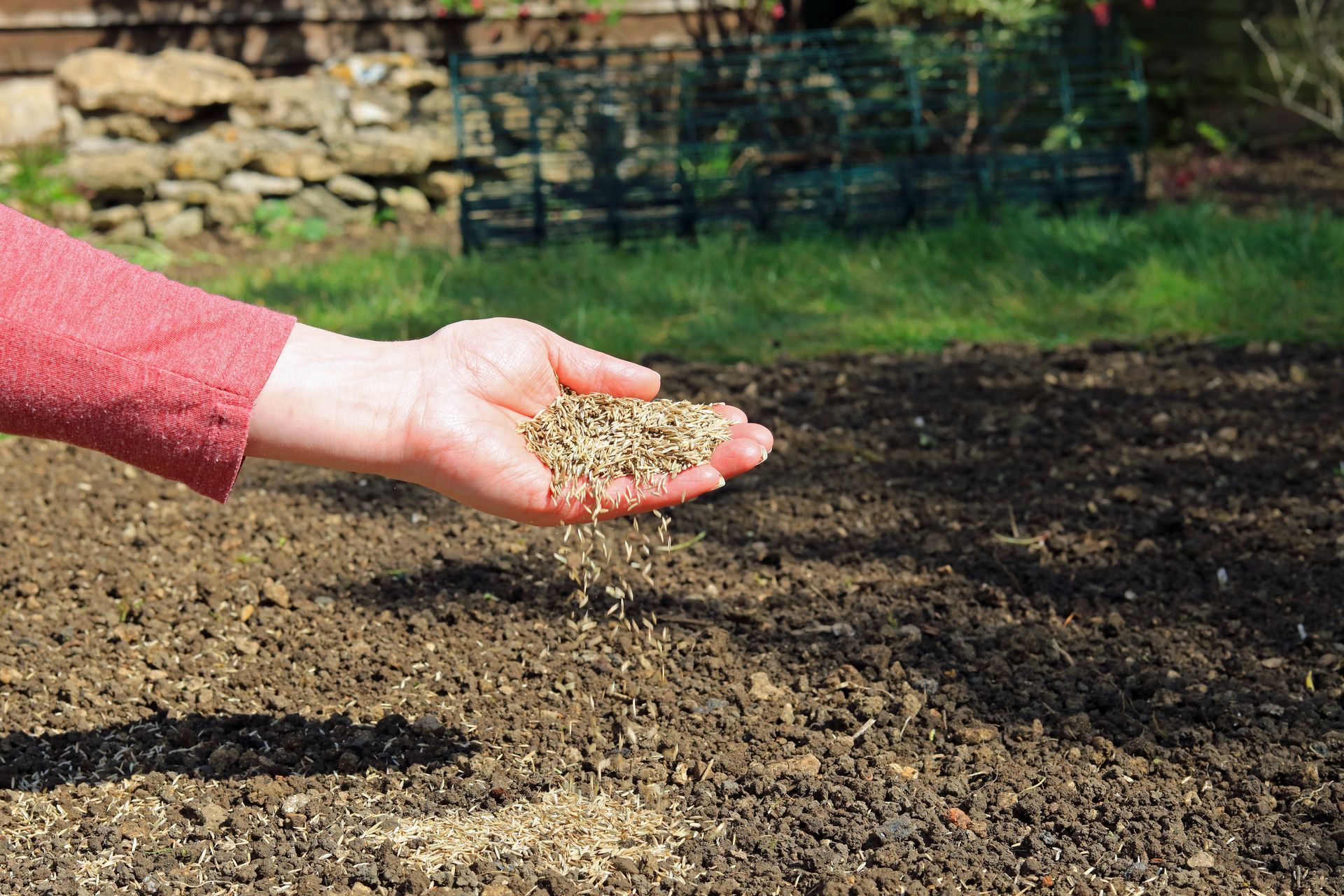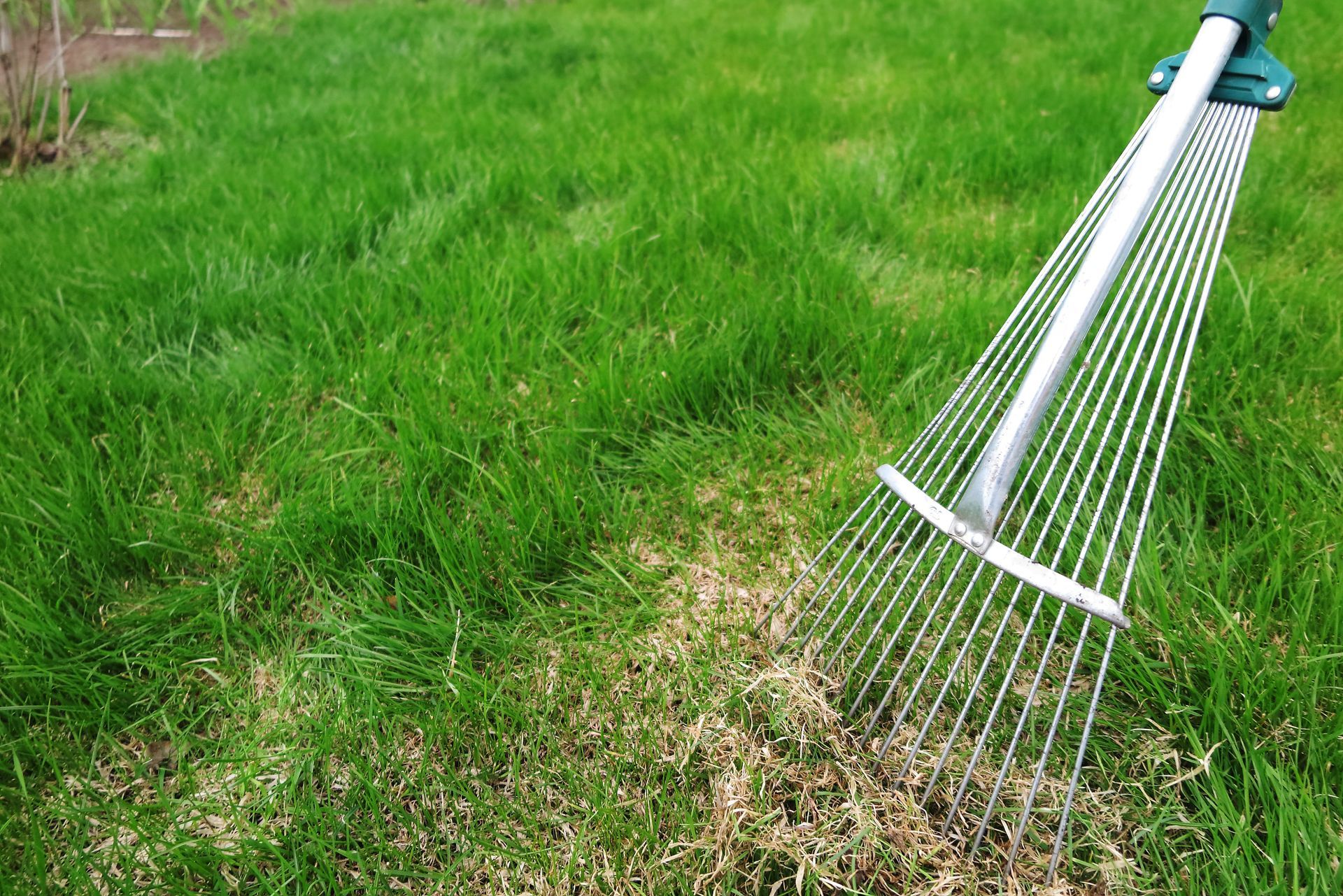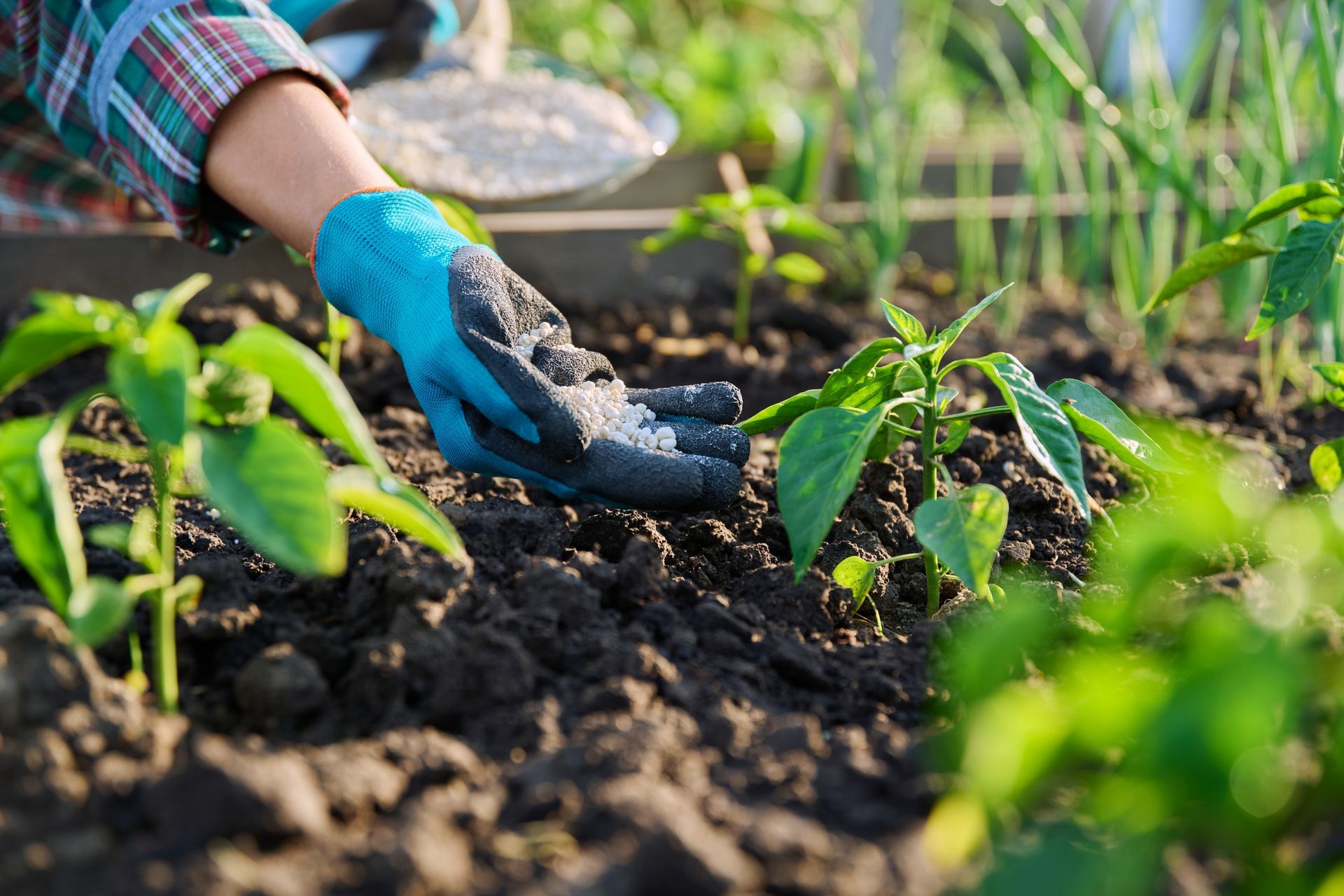July 19, 2023
A Comprehensive Guide to Overseeding Lawns: Improve Your Landscape Health and Aesthetics
Overseeding lawns is a simple yet effective technique used by both professional landscapers and DIY gardening enthusiasts to rejuvenate worn-out or patchy lawns. By adding new grass seed into an existing lawn, overseeding can significantly enhance the density, color, and overall health of your lawn.
What is Overseeding?
Overseeding is the process of planting new grass seeds directly into an existing lawn. This method does not require tearing up the soil or damaging the existing grass. The main objective is to introduce a new variety of grass, increase density, and improve the color of your lawn.
Understanding the Benefits of Overseeding Lawns
Overseeding offers several advantages, helping to revitalize lawns that have suffered from various environmental stresses or diseases. Here are some of the key benefits:
- Filling Bare Spots: Overseeding helps cover the bare spots in your lawn, which could be a result of heavy foot traffic, pest infestation, or diseases.
- Enhancing Lawn Density: By adding more grass seeds, overseeding increases the density of your lawn, reducing the chances of weed growth.
- Introducing Superior Grass Species: Overseeding allows you to introduce superior or more resilient grass species into your lawn, enhancing its resistance to diseases, drought, and pests.
- Improving Lawn Color: Overseeding can help improve the color of your lawn, especially if the existing grass has lost its vibrant green hue due to age or environmental stress.
Why Overseed Your Lawn?
Lawns may lose their health and vigor due to various reasons such as heat stress, insect damage, or disease infestation. If your lawn shows signs of bare spots, thinning grass, or lacks color vibrancy, overseeding can be a practical solution. By introducing new and improved turfgrass varieties, overseeding can help thicken your lawn and enhance its overall health and appearance.
When to Overseed Your Lawn?
The timing for overseeding largely depends on the geographical location and the type of grass grown. For most regions, early fall is the ideal time for overseeding. With fall germination, the new seedlings have a couple of months to establish before the onset of winter. When spring arrives, the new grassroots have more time to develop deeper roots before the summer heat sets in.
Reasons for overseeding in the fall include:
- Reduced Weed Competition: Fall overseeding can reduce competition from summertime weeds, allowing your new grass to grow unhindered.
- Ideal Soil and Air Temperatures: During fall, soil temperatures remain warm while air temperatures are cooler, providing ideal conditions for seed germination.
- Optimal Rainfall and Soil Moisture: Fall usually provides the perfect balance of rainfall and soil moisture, ensuring the seeds have the right conditions to sprout.
- A Head Start for Spring: Overseeding in fall gives the grass a head start for spring, as the roots are established before winter.
While overseeding can also be done in spring, it's crucial to remember that the summer heat can stress young grasses, potentially affecting the overall results.
Selecting the Right Seed for Overseeding
Choosing the right seed for overseeding is essential for success. The type of seed you choose should ideally match your regional climate and yard conditions. High-quality commercial seed blends often contain multiple grass species to increase the chances of success.
Preparation for Overseeding
To ensure successful overseeding, seedlings need to come into direct contact with the soil. If they rest on the grass, clippings, or leaves, they will not grow. Therefore, mowing your lawn short and collecting the clippings can help expose the soil and prepare it for overseeding.
Aeration is another useful method for prepping your lawn before overseeding. This involves pulling plugs of soil and grass out of your lawn to relieve soil compaction, allowing nutrients, oxygen, and water to reach the grassroots.
Post-Overseeding Lawn Maintenance
Watering the Seeds
After overseeding, the seeds will need ample moisture to germinate. Make sure to keep the soil moist but not overly saturated. Once your grass begins growing, reduce the frequency of watering but increase the depth. Be careful not to overwater and soak the soil, which can lead to lawn disease, or underwater, which can dry out the grassroots.
Mowing After Overseeding
It's best to wait for at least two weeks before mowing your newly overseeded lawn. This gives the new seedlings time to develop roots.
Reducing Foot Traffic
Try to minimize foot traffic on your lawn for at least two weeks after overseeding to avoid damaging the new grass.
DIY Overseeding: A Step-by-Step Guide
If you prefer to overseed your lawn yourself, follow these steps to ensure successful seed germination and growth:
- Prepare Your Lawn: Seed germination requires good seed-soil contact. Therefore, remove any excessive thatch or loosen compacted soil before spreading seeds into the bare areas of your lawn.
- Choose the Right Seed: Select the right seed for your regional climate and follow the instructions on the seed package. Use a seed spreader for even distribution.
- Post-Overseeding Care: Regular watering is crucial after overseeding. Keep the soil moist but avoid overwatering. Minimize lawn activity for at least two weeks and resume mowing once the new grass reaches the same height as your existing lawn.

Should You Choose a Lawn Care Professional or DIY Overseeding?
While overseeding can be a DIY task, professional lawn care companies can ensure the process is done right and yield better results. These companies have access to advanced equipment and have the expertise to evaluate whether overseeding is the best solution for your lawn.
In conclusion, overseeding is a cost-effective and efficient way to restore the health and beauty of your lawn. Whether you choose to DIY or hire professionals, the key to success lies in choosing the right seed, correct timing, and proper lawn care before and after overseeding.




